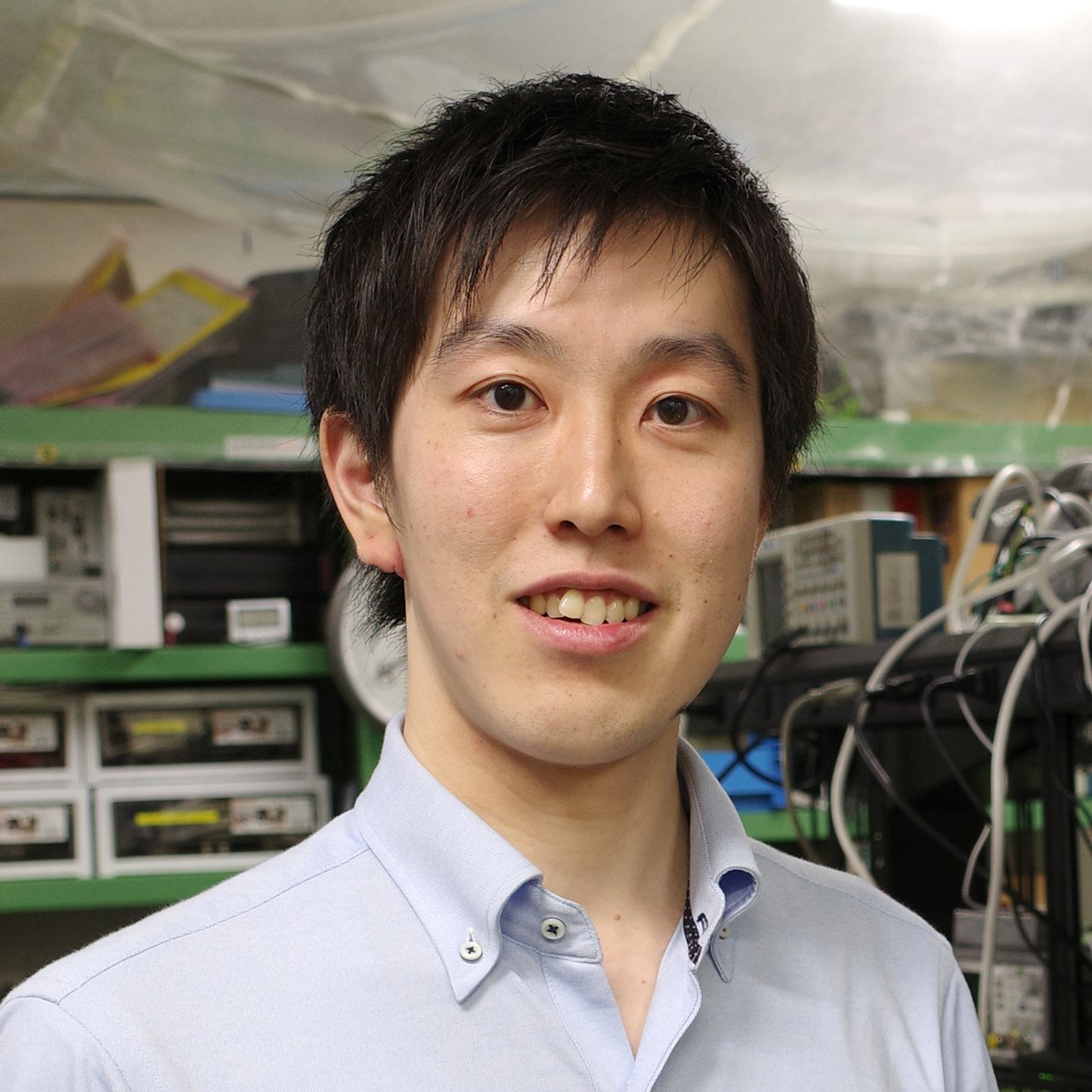Computer & electronics hardware
Shuntaro Takeda
An original loop-based optical circuit has been invented, along with a successful proof of concept.

China
Qifan Yang
Microwave-rate microcombs used for precision spectroscopy.

Global
Max Shulaker
His work with carbon nanotubes could lead to the next generation of computers.

China
Haocun Yu
The first to prove typical quantum mechanical phenomena on a macroscopic scale.

Asia Pacific
Enming Song
Overcoming the technical problems related to the brain-computer interface of the implantable flexible electronic system.
